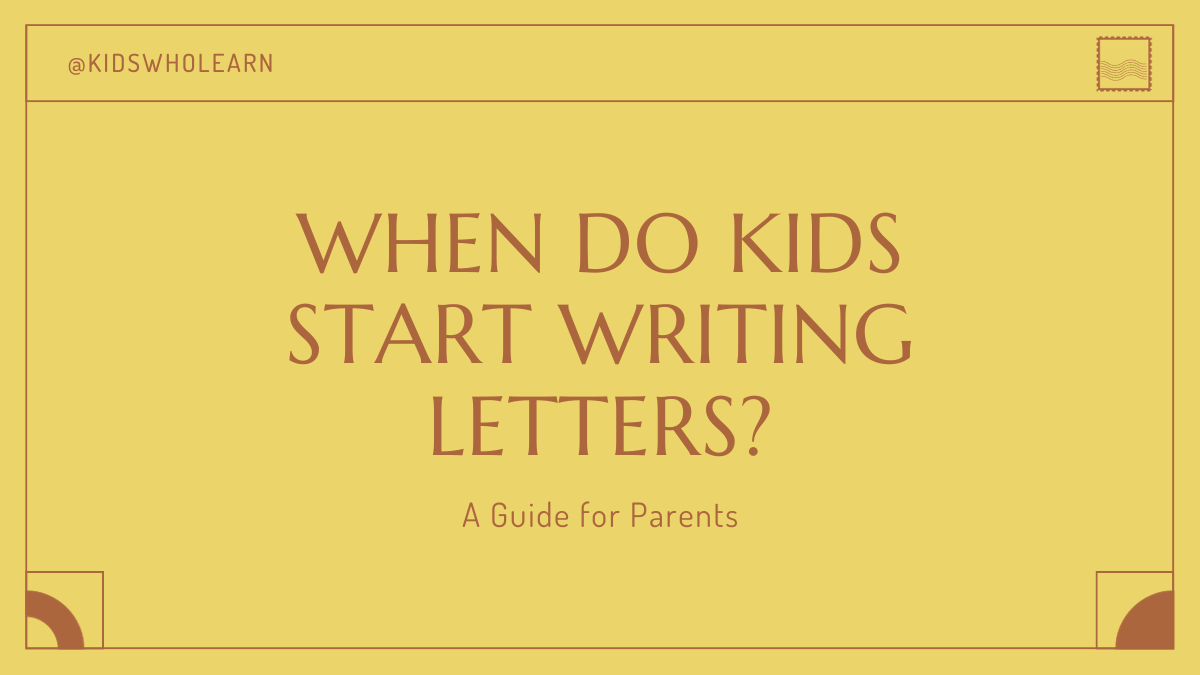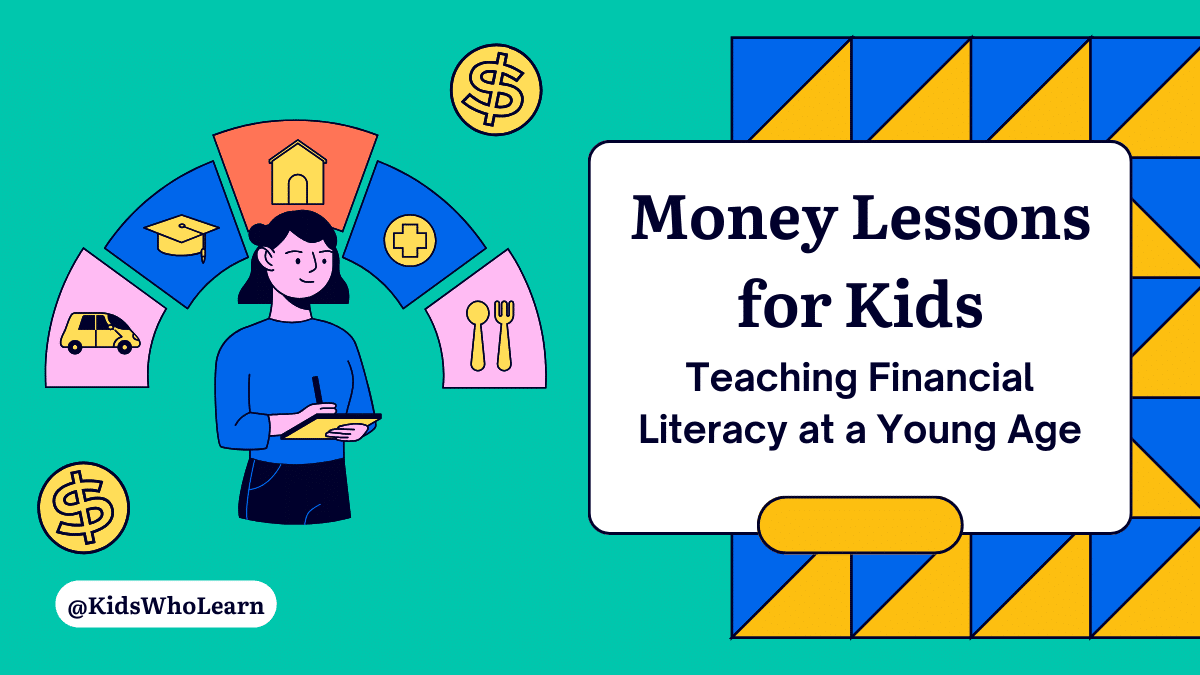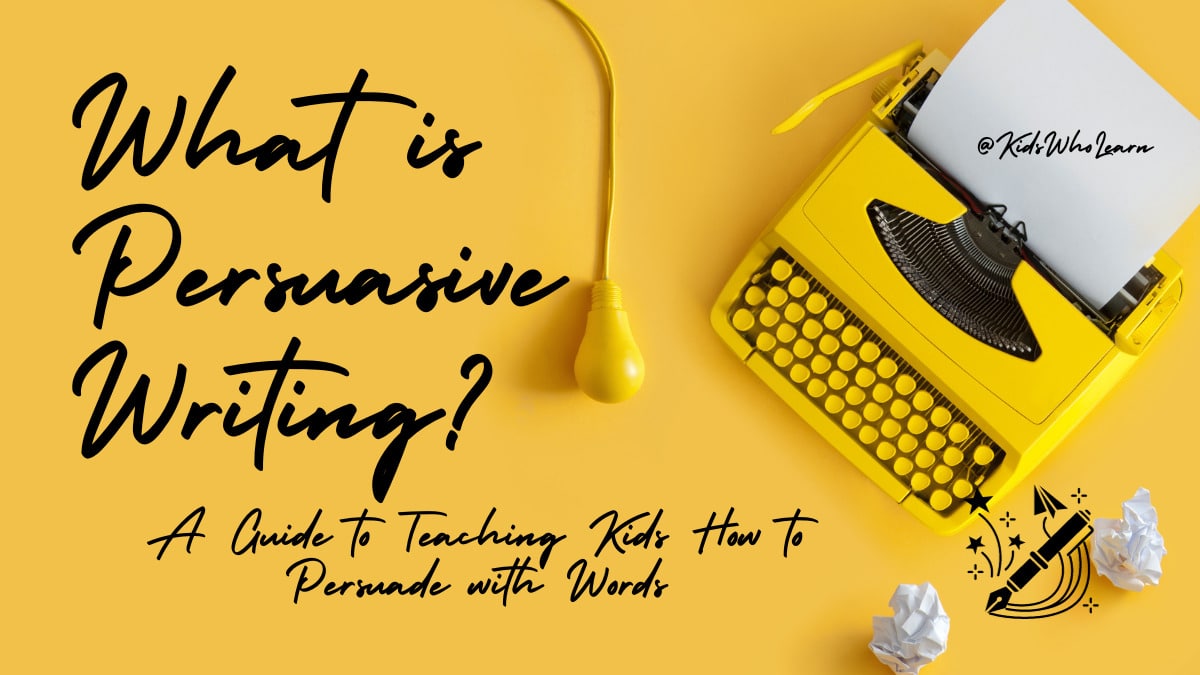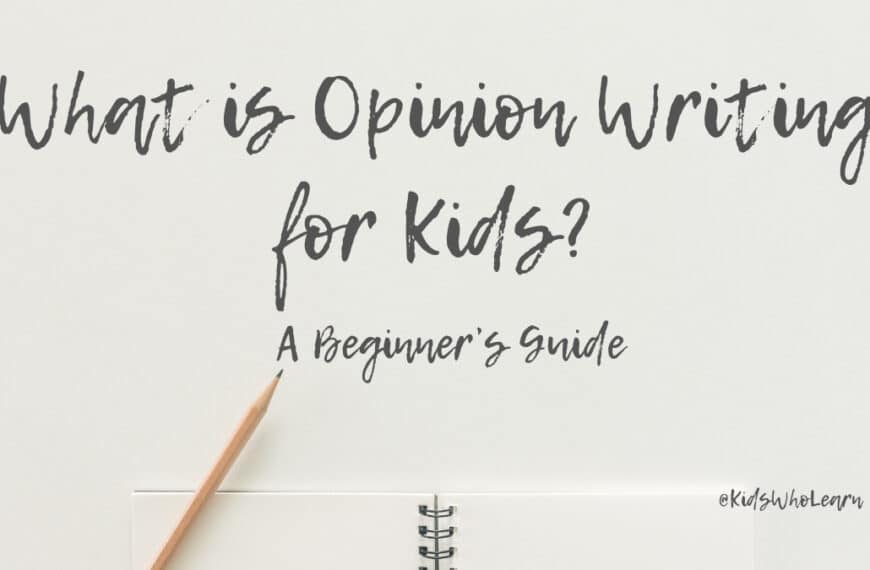If you’re a parent or a teacher, you might be wondering when kids start writing letters. This is an important question to ask, as it can help you determine when to introduce writing activities to your child or students. While every child develops at their own pace, there are some general guidelines to keep in mind.
Most children begin to show an interest in writing between the ages of three and four. At this stage, they may start scribbling or drawing simple shapes and lines. As they get older, they’ll start to understand that these marks can represent letters and words. By the time they reach kindergarten, many children are able to write their own name and some simple words.
It’s important to remember that writing skills develop gradually over time. Even if your child isn’t showing much interest in writing yet, there are plenty of ways to encourage them to practice. By providing opportunities for drawing, coloring, and tracing letters, you can help build their fine motor skills and prepare them for more advanced writing tasks in the future.
The Importance of Writing in Early Childhood
Writing is a fundamental skill that children start to learn from a very young age. It is an essential part of their communication and expression of ideas. As a parent or caregiver, you can help your child develop their writing skills from an early age.
Here are some reasons why writing is important in early childhood:
1. Language Development
Writing helps children develop their language skills. It allows them to practice their vocabulary, spelling, and grammar. When children write, they learn to express their thoughts and ideas in a clear and concise manner. This skill is essential for effective communication.
2. Cognitive Development
Writing also helps children develop their cognitive skills. It requires them to think critically and creatively. They must organize their thoughts and ideas in a logical sequence, which helps to develop their problem-solving skills.
3. Fine Motor Skills
Writing involves the use of fine motor skills, such as hand-eye coordination and finger dexterity. These skills are essential for other activities such as drawing, painting, and playing musical instruments.
4. Self-Expression
Writing is a great way for children to express themselves. It allows them to explore their feelings and emotions in a safe and creative way. It also helps to build their self-confidence and self-esteem.
In conclusion, writing is an essential skill that children start to learn from an early age. By encouraging your child to write, you can help them develop their language, cognitive, and fine motor skills, as well as their self-expression.
When Do Kids Typically Start Writing Letters
As a parent or caregiver, you may be wondering when your child will start writing letters. While every child develops at their own pace, there are some general age ranges to keep in mind.
The Role of Fine Motor Skills
Fine motor skills are essential for writing letters. These skills involve the use of small muscles in the hands, fingers, and wrists. Children typically begin developing these skills in infancy and continue to refine them through toddlerhood and beyond.
By around age 3 or 4, children may start to show an interest in writing and may begin to experiment with making marks on paper. However, it may take a few more years for their fine motor skills to develop enough to write letters legibly.
The Influence of Cognitive Development
Cognitive development also plays a role in when children start writing letters. As children’s brains mature, they become better able to understand the concept of symbols representing sounds and words.
By around age 4 or 5, children may begin to understand that letters represent sounds and may start to try to write their own name or other simple words. As they continue to develop cognitively, they will become more proficient at writing letters and words.
Remember, every child develops at their own pace, and some may start writing letters earlier or later than others. Encourage your child’s interest in writing by providing plenty of opportunities to practice and by offering positive feedback and support.
Stages of Letter Writing in Children
As children grow, they learn to communicate in many different ways, including writing. The stages of letter writing in children can be broken down into three main categories: the pre-literacy stage, the early literacy stage, and the transitional literacy stage.
Pre-Literacy Stage
At the pre-literacy stage, children are learning the basics of communication and language. They may scribble or draw pictures to convey their thoughts and ideas. Children at this stage are not yet able to write letters or words on their own, but they are developing the foundational skills that will help them later on.
Early Literacy Stage
As children enter the early literacy stage, they begin to understand that letters and words have meaning. They may start to recognize letters and their sounds, and they may be able to write some letters on their own. Children at this stage often enjoy practicing writing their name or the names of their family members. They may also start to write simple words like “cat” or “dog.”
Transitional Literacy Stage
In the transitional literacy stage, children are becoming more confident writers. They are able to write full sentences and paragraphs, and they may start to experiment with different writing styles. Children at this stage may enjoy writing stories, letters, or journal entries.
It’s important to remember that every child develops at their own pace, and there is no one “right” way to learn to write. Encouraging your child to practice writing in a fun and supportive environment can help them develop the skills they need to become confident writers.
Factors Affecting When Kids Start Writing Letters
When it comes to the age at which children start writing letters, there are several factors that can play a role. Here are some of the most common factors that can impact when kids begin to write letters:
Environmental Factors
The environment in which a child grows up can have a big impact on their development, including their writing skills. For example, children who grow up in homes where reading and writing are encouraged are more likely to start writing letters at an earlier age than those who do not. Additionally, children who have access to writing materials such as pencils, paper, and crayons are more likely to start writing letters earlier than those who do not.
Educational Factors
Education can also play a role in when children start writing letters. Children who attend preschool or other early education programs may be exposed to writing activities and instruction earlier than those who do not. Additionally, children who receive more formal writing instruction in school may also start writing letters earlier.
Physical and Mental Health Factors
Physical and mental health can also impact when children start writing letters. For example, children with fine motor skill delays may struggle to hold a pencil and form letters, which can delay their writing development. Similarly, children with learning disabilities may also struggle with writing, which can impact when they start writing letters.
Overall, the age at which children start writing letters can vary widely depending on a range of factors. However, by providing a supportive environment, access to writing materials, and appropriate education and intervention when needed, parents and educators can help children develop their writing skills at their own pace.
| Factors Affecting When Kids Start Writing Letters |
|---|
| Environmental Factors |
| Educational Factors |
| Physical and Mental Health Factors |
- Children who grow up in homes where reading and writing are encouraged are more likely to start writing letters at an earlier age than those who do not.
- Children who have access to writing materials such as pencils, paper, and crayons are more likely to start writing letters earlier than those who do not.
- Children who attend preschool or other early education programs may be exposed to writing activities and instruction earlier than those who do not.
- Children who receive more formal writing instruction in school may also start writing letters earlier.
- Children with fine motor skill delays may struggle to hold a pencil and form letters, which can delay their writing development.
- Children with learning disabilities may also struggle with writing, which can impact when they start writing letters.
How to Encourage Kids to Start Writing Letters
As a parent or caregiver, you can help your child develop their writing skills and encourage them to start writing letters. Here are some tips to get you started:
Creating a Literacy-Rich Environment
One of the best ways to encourage your child to start writing letters is to create a literacy-rich environment at home. This means surrounding your child with books, magazines, newspapers, and other reading materials. You can also create a writing center in your home with paper, pencils, markers, and other writing materials. This will give your child a designated space to practice their writing skills.
Incorporating Fun Writing Activities
Writing doesn’t have to be a chore for kids. You can make it fun by incorporating writing activities into your daily routine. For example, you can encourage your child to write letters to family members or friends. You can also have your child write in a journal or create a storybook. Another fun activity is to have your child write a letter to their future self.
Using Educational Resources
There are many educational resources available to help your child develop their writing skills. You can find writing workbooks, activity books, and online resources that provide writing prompts and exercises for kids. You can also find apps and games that make writing fun and engaging for kids.
By creating a literacy-rich environment, incorporating fun writing activities, and using educational resources, you can help your child develop their writing skills and encourage them to start writing letters.
Conclusion
In conclusion, learning to write letters is an important milestone for children. While the age at which children start writing letters varies, most children begin to show an interest in writing letters between the ages of three and four.
It is important to remember that every child develops at their own pace, and there is no need to rush them into writing letters before they are ready. Encouraging your child to engage in activities that promote fine motor skills, such as drawing, coloring, and playing with playdough, can help prepare them for writing letters when they are ready.
When your child is ready to start writing letters, it is important to provide them with the necessary tools and guidance. This includes providing them with a comfortable writing surface, pencils or crayons that are easy to grip, and plenty of paper to practice on.
Remember to be patient and encouraging as your child learns to write letters. Celebrate their progress and offer positive feedback to help build their confidence and motivation. With time and practice, your child will develop the skills they need to become proficient writers.






